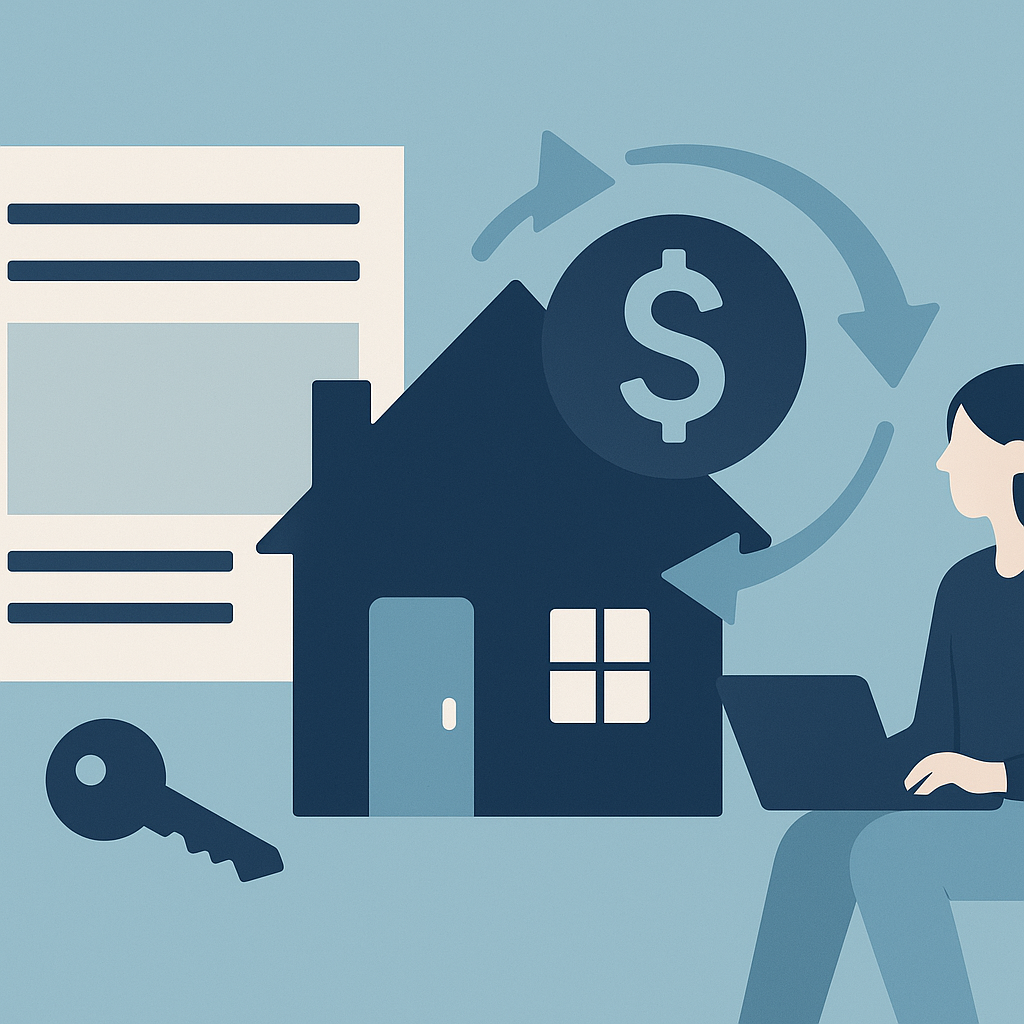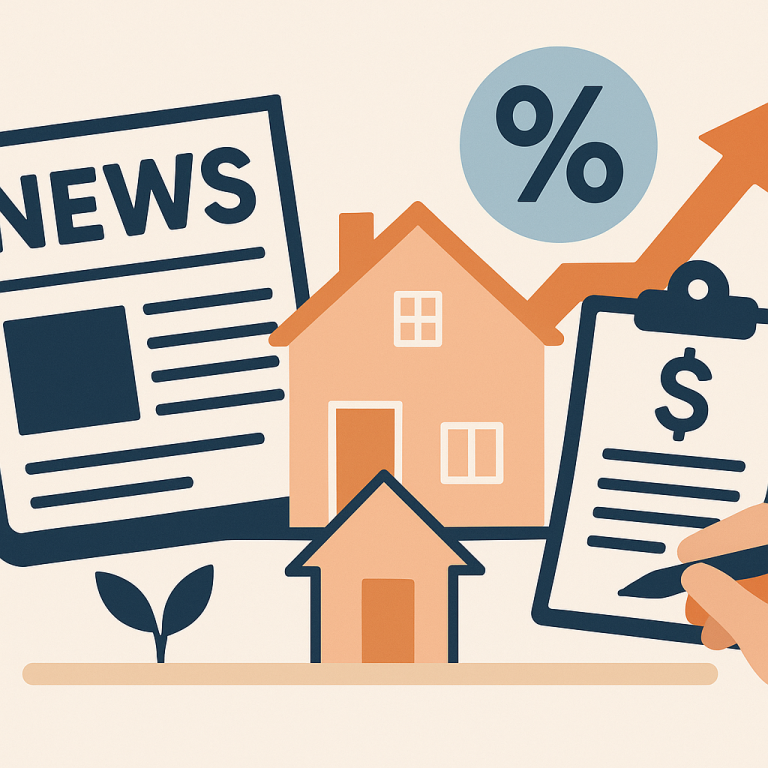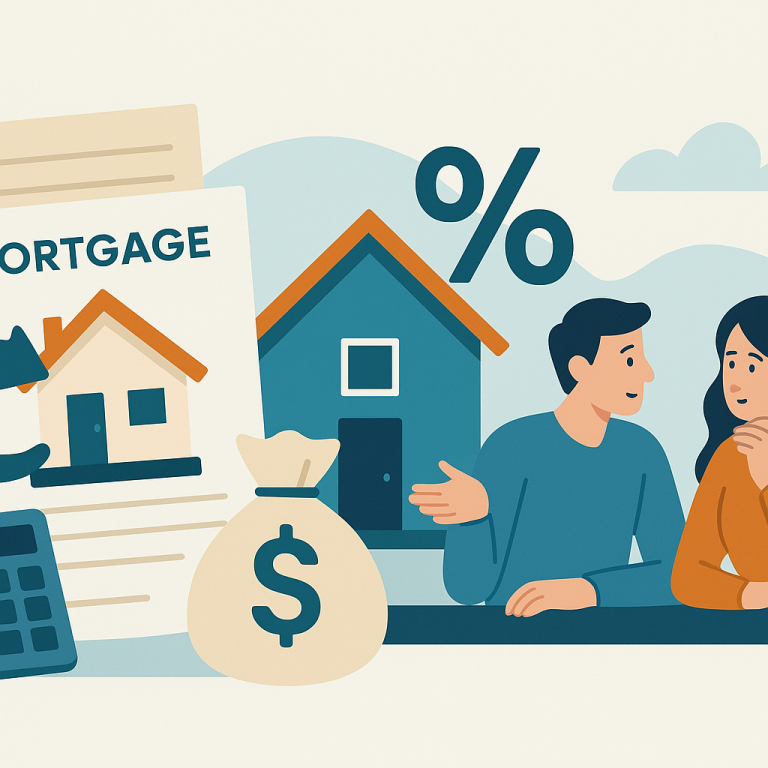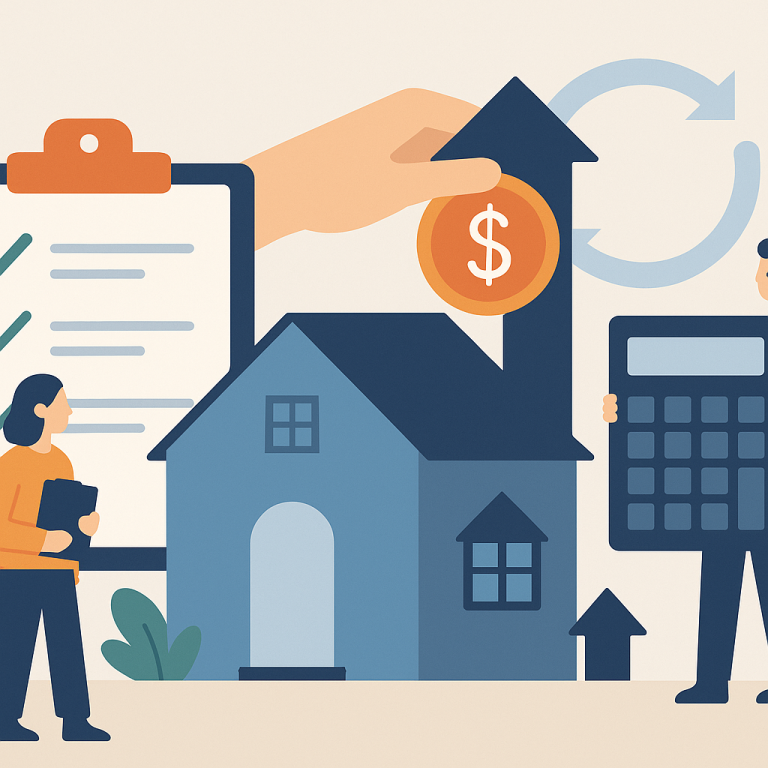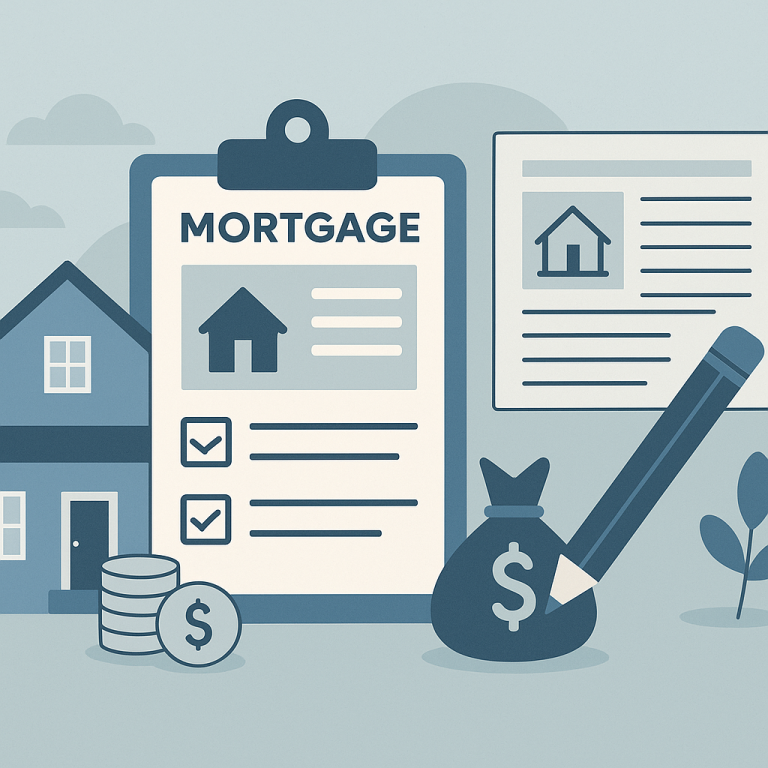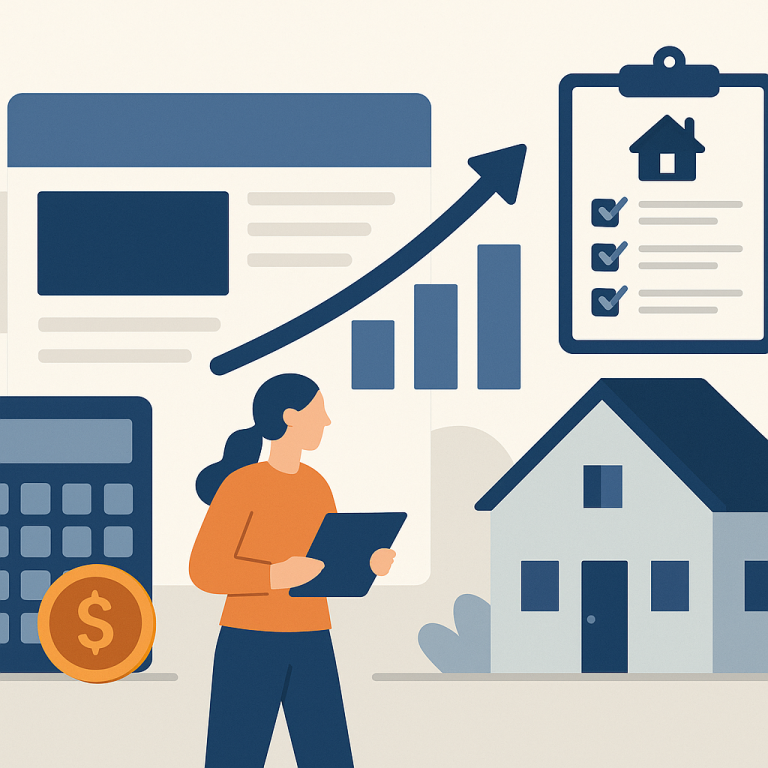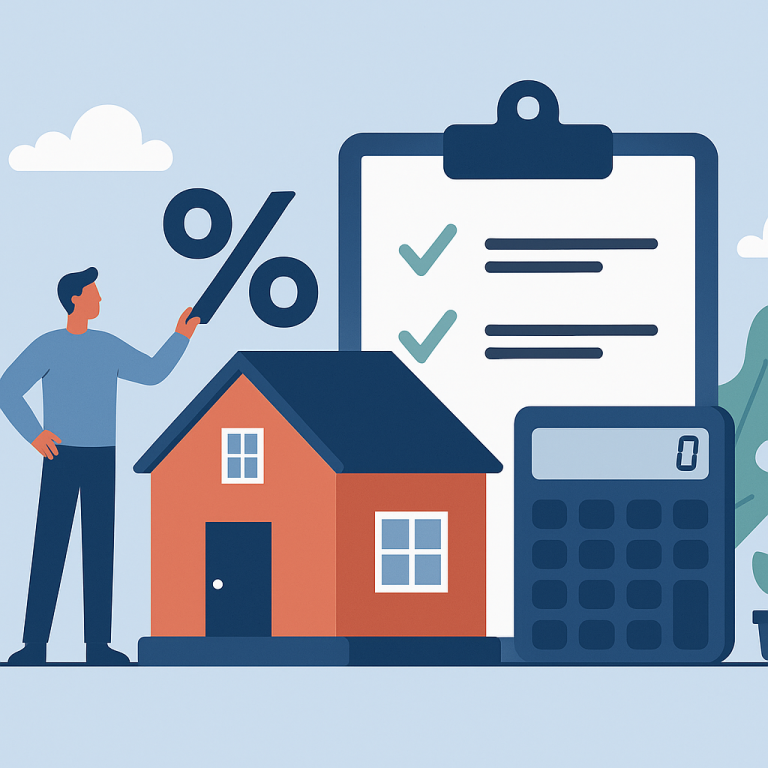30-Year Fixed Rate Drops To 6.25%, Refinance Demand Set To Rise
Refinancing Momentum Slows as Rate Volatility Raises Break-even Stakes
Refinancing activity has cooled as recent swings in mortgage rates have made the savings calculation more sensitive to closing costs and loan terms. Homeowners considering a refinance face a more nuanced decision than in periods of steady declines: the immediate cost of refinancing must be weighed against uncertain future rate paths and individual plans for the property.
Lenders and mortgage brokers report that borrowers are increasingly pausing applications to run more detailed break-even analyses. Where a straightforward rate drop once translated quickly into action, the current environment encourages a deeper assessment of the net financial benefit over the period a homeowner expects to remain in their house.
Key factors shaping refinancing decisions include the size of closing costs, whether the refinance shortens or extends the amortization schedule, and the potential for rate movements after locks are placed. In addition, underwriting and appraisal timelines have lengthened in some markets, which can affect the effective savings when a rate lock expires before closing.
Cash-out refinances add another layer of complexity. Homeowners seeking liquidity must compare the cost of taking equity out via refinance against other options, such as home equity lines of credit or personal lines. Because cash-out refinancing typically involves higher rates or stricter qualifying criteria, the calculus should include both the use of funds and the incremental borrowing cost.
Refinancing to switch from an adjustable-rate mortgage to a fixed-rate product remains a common reason to refinance, particularly for households seeking payment stability. Conversely, borrowers with plans to sell or move within a few years may find that the upfront costs of refinancing outweigh the short-term benefit, even if the new rate appears lower on paper.
Practical obstacles also influence decisions. Credit score changes, dips in property valuations, or changes in borrower income can alter eligibility and pricing between application and closing. Homeowners are therefore advised to confirm current underwriting requirements and consider the timing of a lock carefully to avoid unexpected costs.
Homeowner Takeaways
- Run a break-even analysis that includes all closing costs and the realistic timeframe you expect to stay in the home; don’t rely solely on headline rate figures.
- Compare the total cost over your intended holding period for both rate-and-term and cash-out refinances.
- Consider the impact of changing loan term: shortening the term can increase monthly payments even while reducing total interest paid.
- Check current underwriting and appraisal timelines with multiple lenders to understand potential lock expiration risk.
- If payment stability is a priority, evaluate fixed-rate options against adjustable-rate alternatives and the costs to convert.
- Shop and compare lender fees, not just advertised rates; small differences in fees can shift the break-even point significantly.
As refinancing decisions grow more situational, the most effective approach for many homeowners is to gather personalized quotes and compare scenarios. A careful, time-sensitive calculation that factors in closing costs, planned home tenure, loan term changes, and the intended use of any funds will better identify when refinancing delivers a clear net benefit.
META: Refinancing article focused on break-even analysis and homeowner decision factors.

